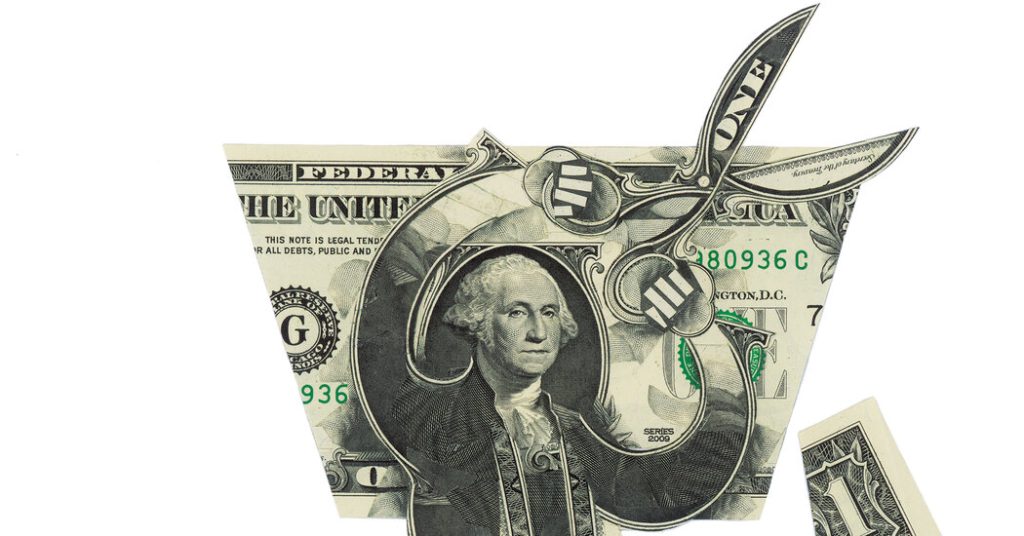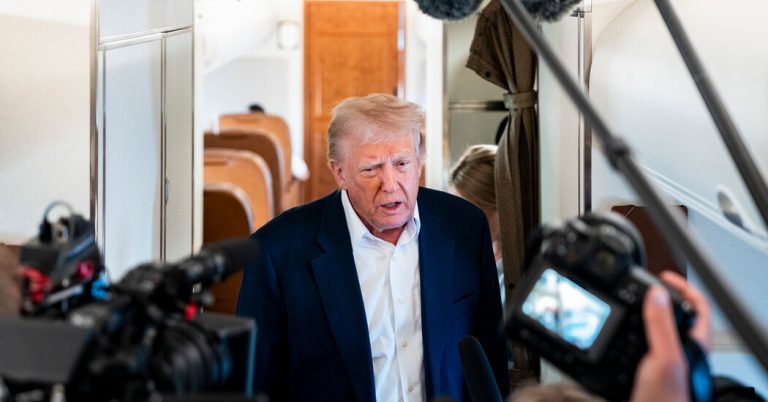The U.S. dollar has been a symbol of American power for decades. Of the $7.5 trillion in global currency transactions that take place each day, some 90 percent feature the dollar. The majority of central banks see it as the core of their reserves. Consumers run to it in times of stress. Businesses prefer it for trade invoicing, whether they are based in Milwaukee or Malaysia.
The dollar may not lose its globally dominant role anytime soon. After all, there isn’t an obvious alternative waiting in the wings. But it is suffering from a self-inflicted wound and the consequences are just starting to be felt around the world.
A trickle of selling began in mid-January as investors bought euros on the hopes that a new German government would loosen its purse strings. That trickle turned into a “sell America” torrent after President Trump unveiled shockingly large, broad-based tariffs on April 2, and followed that by stepping up his attacks on the Federal Reserve chair, Jerome Powell.
A search for new safe harbors began. In the week ending April 16, gold funds had their biggest inflows since 2007, while selling of U.S. bond funds was the highest recorded since late March 2020. Stock markets churned in ways not seen since either the pandemic or the 2008 financial crisis.
An uneasy stability has returned since the president paused most tariffs and seemed to back down from his threats to fire Mr. Powell. But damage has been done. This year, through April 25, the dollar has lost more than 8 percent in value versus the currencies of its major trading partners.
The White House has repeatedly stated a preference for a weaker dollar, which could boost manufacturing exports by making them relatively less expensive. That worked in the economy’s favor in the 2000s.












